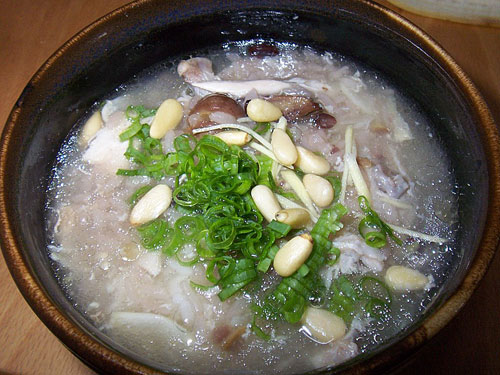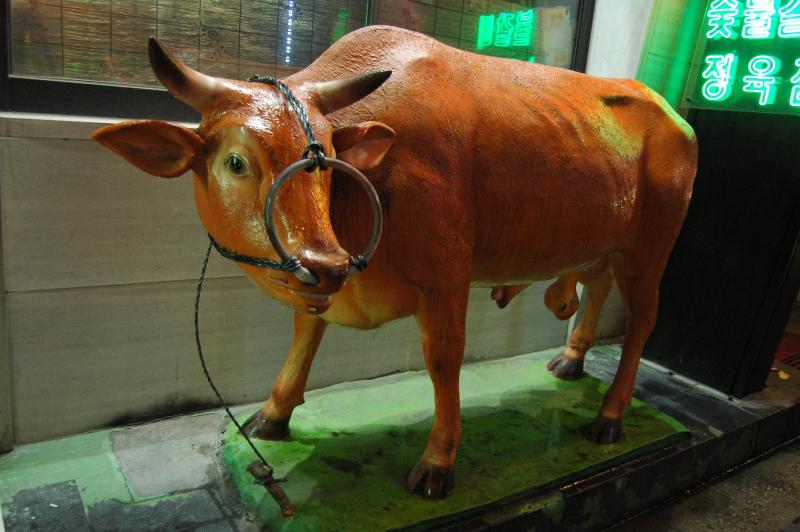How to improve your English
From my last two blogs here and here it very much looked like I was blowing my own trumpet about India. But that was not my intention when I set out to create this blog. My intention being to help, I feel every visitor should get some valuable information from my blog. So here are a few pointers to help you improve your command over English language.
1. Read. As much as you can. Newspaper, Magazines, Books, Novels, Manuals, Guides, Blogs, Screenplays, Comics, Website Articles. Anything and everything which is printed or published online. Reading will help you in many ways unimaginable. Always carry some book with you so that you can read while travelling in a subway or bus and waiting for someone in a bank or cafe.
2. Movies. Watch it with English subtitles. If you find it difficult to follow the accent and language of native speakers. DVDs with English subtitles are easily available. Over a period of time you will be able to switch off the subtitles and follow the movie on your own. For downloaded movies the subtitles can be downloaded separately. There are sites available online from where you get can download subtitles in English for all the movies. You need to search for it in Google.
3. Music. Listen to songs. Search and download the lyrics of your favorite songs (same as subtitles above). And have a karaoke sessions of your own.
4. Write. About what you feel. Maintain a diary if you can. Or write a blog. Writing is a very good exercise. If you set out to write regularly then words will come automatically to you. And if you are not sure of a particular phrase or word, then you can check it on Google for its meaning or synonym. Use tools like Microsoft Word as it has utilities like spell check and grammar check to rectify your mistakes before you publish. And if you find it hard to think of a word while writing then use your electronic dictionary. This way you will not forget what you write and you will be less likely to make mistakes while writing.
5. Hobby. Develop new hobby and read books or articles online to help you with the hobby as well as the language. Or join a community that interests your hobby so that you can discuss things or write articles to share you knowledge.
6. Make Pen Pals. That will reinforce you to write. You can make pen pals with guys who share similar hobbies or like similar books and movies as you. So you will have a lot to discuss in English.
7. Sitcoms. Are more verbose as compared to movies. Sometimes movies often follow silent treatment and the dialog are less as compared to a sitcom. Also because of the plot the Sitcom can keep you glued and very much into the flow of learning English.
8. Career Oriented Books. Many a times good books on a particular subject (Software Engineering, Instructional Design, Photography, Yoga, Cooking, Architecture, etc.) are published in English but not necessarily translated to Korean thus limiting your knowledge. So by reading your subjects in English you will be opening yourself to a vast ocean of resources.
9. Language Exchange. Something which is very common and widely accepted in Korea.
10. TOEIC, TOEFL, IELTS exams. Enrolling yourself for any of this exams will make it mandatory for you to study. Make sure you study in a group and read books like Word Power Made Easy, 30 Days to Powerful Vocabulary to improve your vocabulary and grammar.
Well I am myself not a pro in English and have a serious handicap with grammar (I still do not know where to put commas) but I feel I can write or express myself better. So if you feel you are happy with my level of English Language then you can use these pointers for yourself or for your students / friends whosoever is looking at improving his skills at English. If you have problems with communicating in English but have followed this article , then my friend you are very much on your way to become fluent in English.












 RSS Feed
RSS Feed




Recent comments